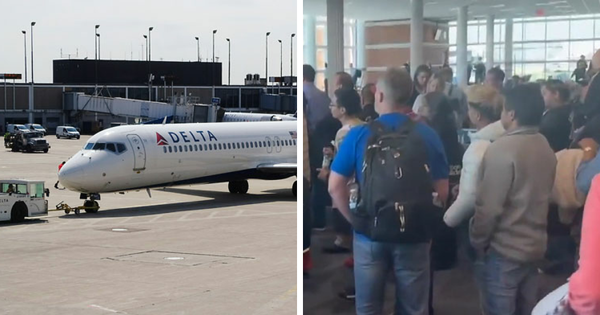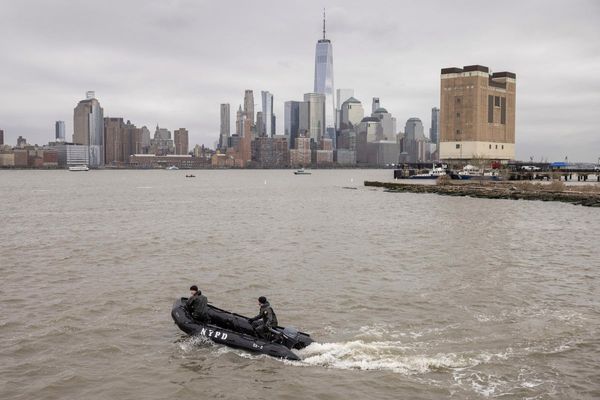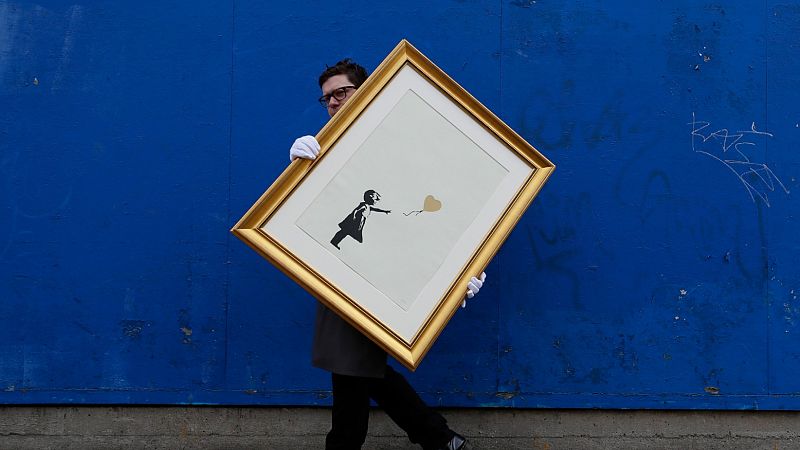
A new artwork suspected to be by the anonymous street artist Banksy has appeared in London this week. Although Banksy’s company Pest Control is yet to confirm the image of a girl holding a bunch of balloons in Farringdon is his own, it has put the artist back in the headlines.
Owing to Banksy’s ubiquity and the huge sums that his work sell for, the identity of the mysterious artist remains of primary interest to fans.
First noticed through his distinctive stenciling around Bristol in the 1990s, Banksy became an art-world icon for the anti-establishment commentary in his graffiti around London in the early 21st century.
His works have since shown up around the world and the artist has been the main subject of exhibitions and installations such as his 2015 Dismaland exhibition, and through the Oscar-nominated documentary Exit Through the Gift Shop.
For years, the artist’s work was associated with the touring habits of Bristol trip-hop band Massive Attack’s Robert Del Naja. Since 2023, there has been a resurgence in the earlier theory that it is Robin Gunningham. An unearthed BBC recording with Banksy even seems to have the artist confirm that his name is “Robbie”, while researchers on Banksy’s movements and Gunningham’s friends have all further pointed to the connection.
Yet, Gunningham has never confirmed directly that he is Banksy and the true identity of the artist is up for speculation.
For Bobby Bress, an amateur art-history sleuth based in Pittsburgh, the speculation around Gunningham has been a purposefully placed red-herring by Banksy to throw people off. Instead, Bress stipulates that Bansky has always been the Glaswegian artist Lucy McKenzie.
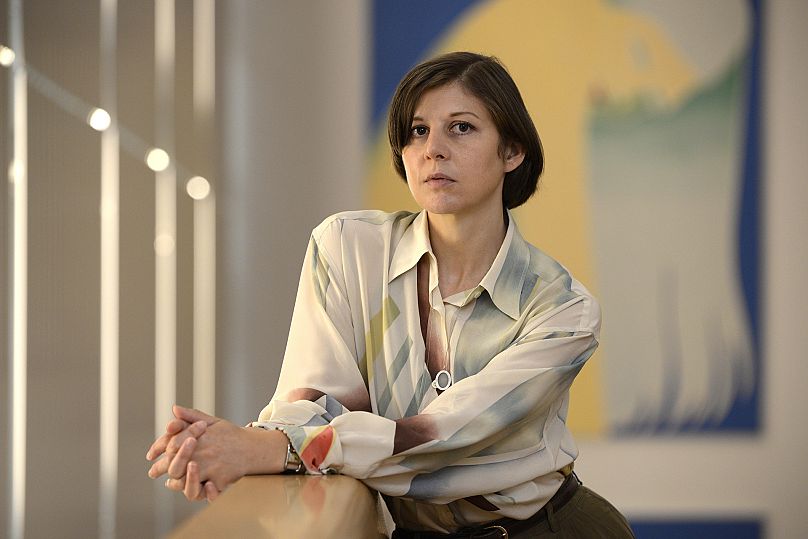
Ever since first discovering McKenzie’s work over a decade ago, Bress has worked on his theory that she has always been Banksy. For Bress, it makes sense that another layer of obfuscation for Banksy’s identity would be relying on the presumption the artist would be a man and not a woman.
For years Bress worked as a driver for film industry talent in the United States while also engaging with a fascination for art and literature. His obsession with art mysteries first took him to the labyrinthine works of modernist writing – he’s mentioned in the dedications of Colin McCabe’s "A Very Short Introduction to James Joyce" – before coming across Banksy as the mystery he’d devote much of his life to.
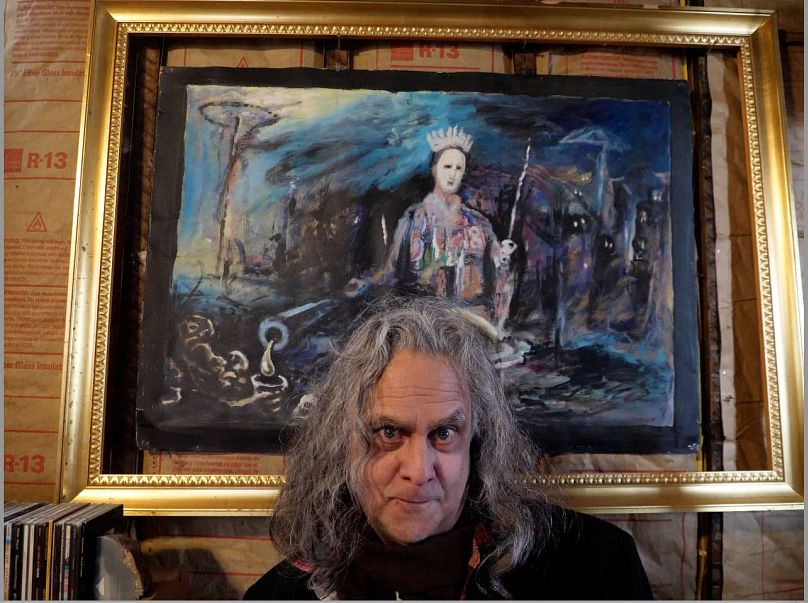
As far as Bress is concerned, McKenzie is obviously Banksy.
Although it’s always been believed to be a Bristolian man, Bress is convinced that the facts stack up to locate Banksy alongside the Scottish female artist.
Bress discovered McKenzie’s work around 2013. He was astonished by McKenzie’s brilliance as a young artist in 1997 when she was studying at Duncan of Jordanstone College of Art and Design in Dundee.
“Those first paintings that she’s known for making halfway through college, it was state of the art in painting for 97,” he says. She only made three paintings in this “stop-motion” style. “If McKenzie just wanted to make money, she could have taken that style and won. Instead she intentionally fucking lost.”
By lost, Bress elaborates that McKenzie’s prolific output in the late 90s drops off a cliff between 2003 and 2010. She makes a few scenic flats for a theatre production, a collection of fashion illustrations and has a handful of exhibitions including one at the San Francisco Museum of Modern Art.
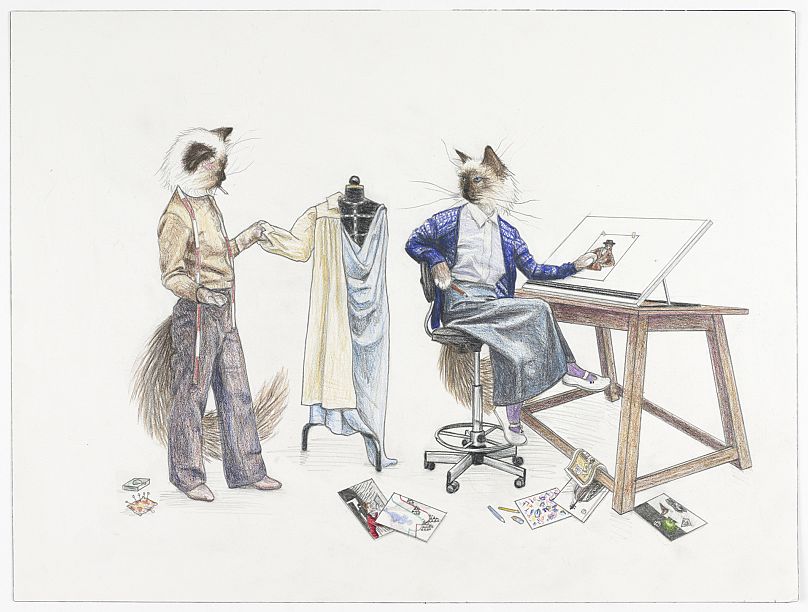
“She created this plastic career and her galleries peppered the shit out of it and circulated all her old works,” Bress says. “I looked at that, and I was like, if I was looking for somebody who was living his life as a real artist who was also Banksy, this is what I would expect.”
For an artist as talented as McKenzie, Bress believes there must have been other work to occupy her early 00s. It’s here that Bress’s theories start to get rolling. While Banksy has always been associated with Bristol, Bress believes it’s also a red herring: “Bristol has the biggest history of graffiti. If you were a screenwriter trying to write a story about street artists, that’s where you’d form your artist into existence”.
Bress has instead found a link to Glasgow. One of the artist’s first official exhibitions was the 2001 show ‘Peace is Tough’ at the Glasgow Argyle Street Arches. Banksy has routinely revisited Glasgow for shows such as 2023’s ‘Cut & Run’ show, his first solo show in 14 years.
So far, so coincidental. Ultimately, Banksy has exhibited shows in many cities around the world. The 2001 Glasgow show isn’t even necessarily the first official show with ‘Severnshed’ in Bristol documented to take place the year before.
Next up as part of the argument is the links between McKenzie’s father, Ray McKenzie and Banksy. Ray McKenzie is a Senior Lecturer in the Department of Historical and Critical Studies at the Glasgow School of Art and Bress is convinced that a portrait of him by colleague Barry Atherton contains a clue. In the corner of the portrait is a copy of Banksy’s painting ‘Bomb Hugger’.
“Ray McKenzie is looking at it and holding his finger to his head like he's playing Russian roulette. That is conspicuous. And to me, that picture tells a story,” Bress says of the Banksy’s inclusion in the portrait.
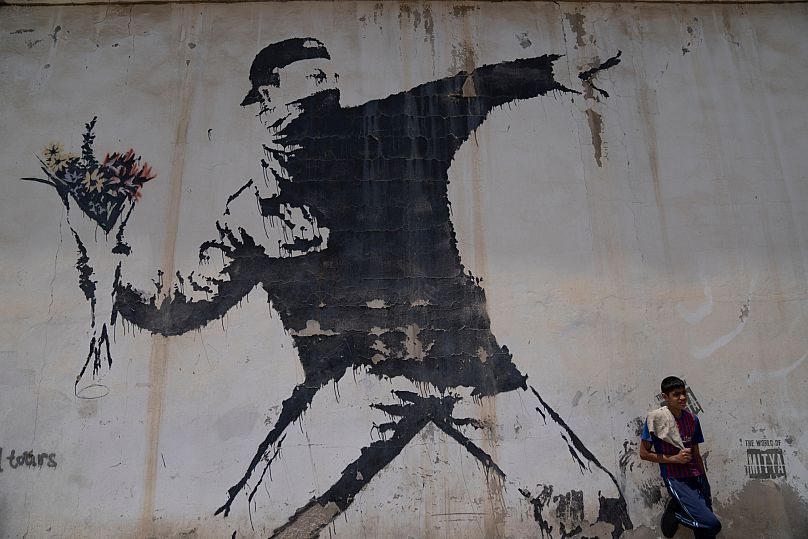
More details come in. When Banksy linked their work ‘Love is in the Air’, first painted in the West Bank, to the toppling of the regime of President Ceaușescu in Romania, Bress can’t help but note McKenzie’s connection.
“What's your average working class bloke in Bristol's relationship to Ceaușescu?” Bress notes that for the piece that was the main attraction of the ‘Wall and Peace’ monograph, it’s convenient that McKenzie spent time growing up in Romania.
All this supposedly pales in comparison to Bress’s most clear piece of evidence. Having found a rare example of McKenzie’s ‘Violet fanzine #4’ from 1995, Bress noticed a small illustration called 'Spanking by Angry Miss'. This same illustration shows up in Banksy’s notes from a 2004 meeting with Steve Lazarides, the British-Greek Cypriot art promoter who worked with Banksy until 2008.
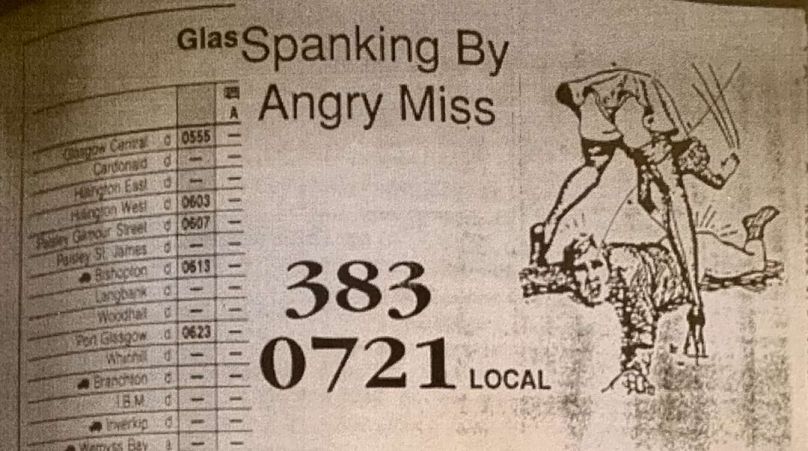
The illustration apparently showed up again in Banksy’s work as part of the advertisement for a 2007 exhibition, made shortly before Lazarides and the anonymous artist parted ways. Bress posits it’s the inclusion of the piece that helped sever their ties.
“The only thing you can argue is that somehow Banksy was a huge fan of this most obscure piece of ephemera. I didn't find it until two years into my research. It is a totally obscure fancy that probably sold 20 copies total,” Bress says.
Bress continues to expound his theory for over an hour on the phone. He sends me documents with tens of thousands of words detailing why he’s convinced that McKenzie is Banksy. The theory expands, explaining that McKenzie has created Banksy as an artistic company with the help of Sacha Baron Cohen and Dazed Media’s Jefferson Hack to create the elaborate works.
There’s far too much information to put into one article. And for anyone interested, Bress has tirelessly put his research online through his Instagram and Reddit posts.
Why dedicate this much time to uncovering the identity of the artist though? Speaking to the BBC, John Brandler, director of Brandler Art Galleries suggested it wouldn’t make a difference to Banksy’s career if their identity was revealed: “To the art world it doesn't matter any more. The brand is so big now.”
Similarly, Bress agrees it won’t necessarily devalue the work. If it is revealed to be McKenzie though, he believes that “to a lot of women, Lucy will be a fucking hero.”
On a personal note, Bress thinks revealing the artist’s identity could potentially be lucrative. “Part of why I’ve done this, while I succeeded in a lot of things, the one thing I didn’t succeed at is leaving my daughter a pile of money. This might be that last thing.”
McKenzie did not respond directly to a request to comment on Bress's theory. However, Martin McGeown, director of Cabinet Gallery London, did give his perspective: “I have worked with Lucy McKenzie for over 30 years and I can assure you she is not Banksy.”
That's exactly what Banksy would want him to say. Maybe.
